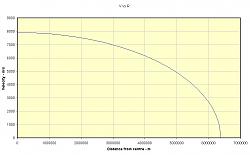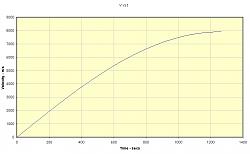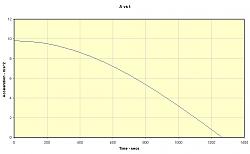Here's a puzzle to tickle your neurons...
Assume for the moment that the composition of the earth is perfectly uniform and you can tunnel into it completely to the center.
As you descend into this tunnel, does your weight
A. Increase
B. Decrease
C. Remain the same
What is your weight when you reach the center of the earth?
Explain your reasoning.


 LinkBack URL
LinkBack URL About LinkBacks
About LinkBacks


 Reply With Quote
Reply With Quote






Bookmarks